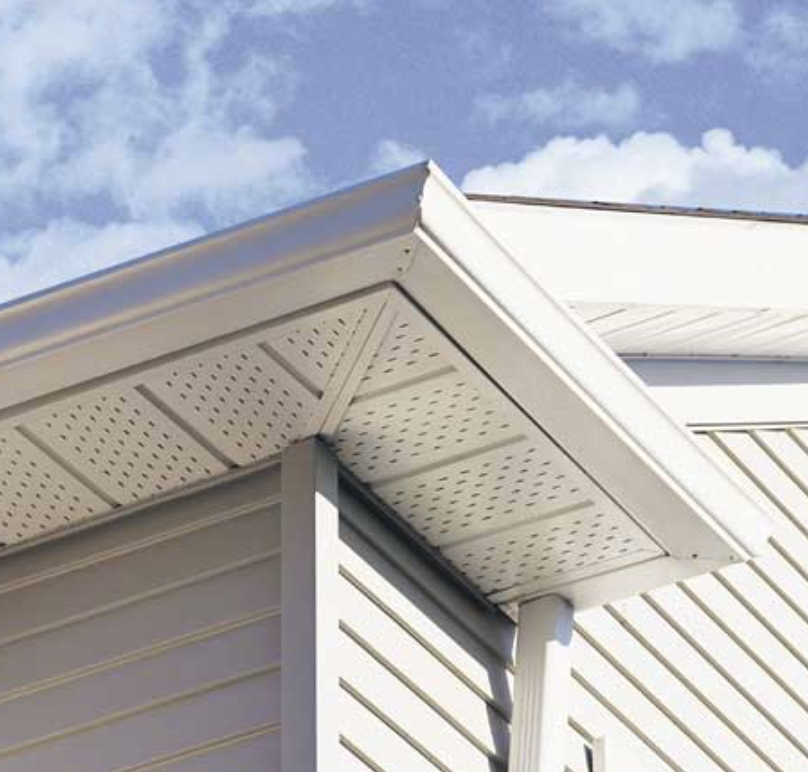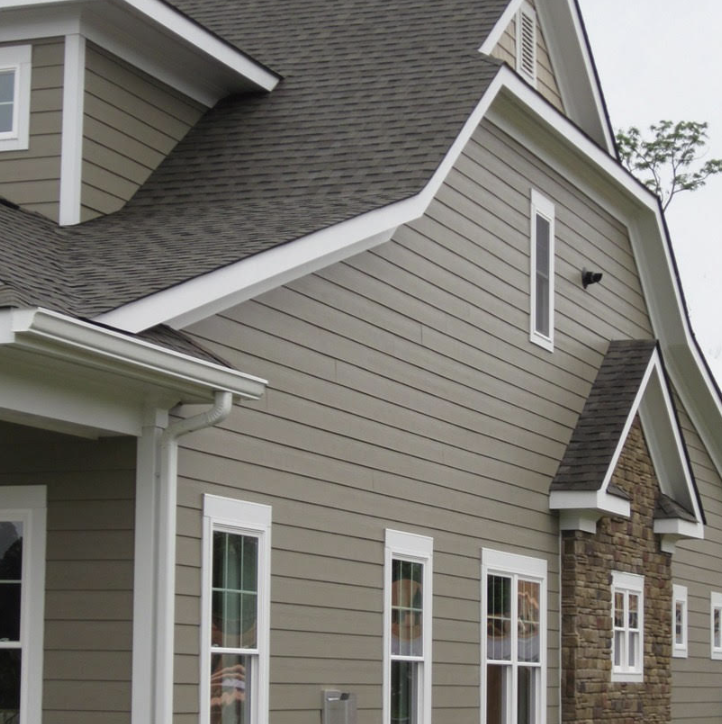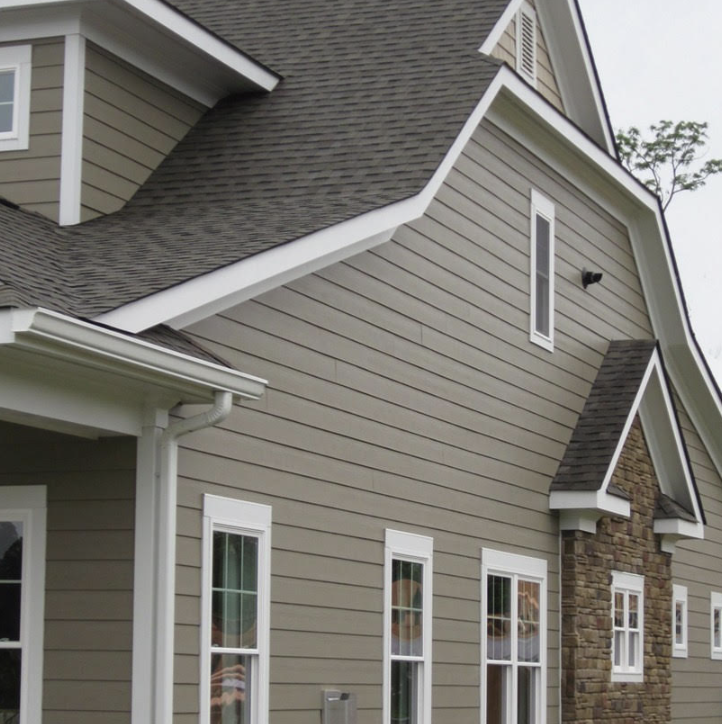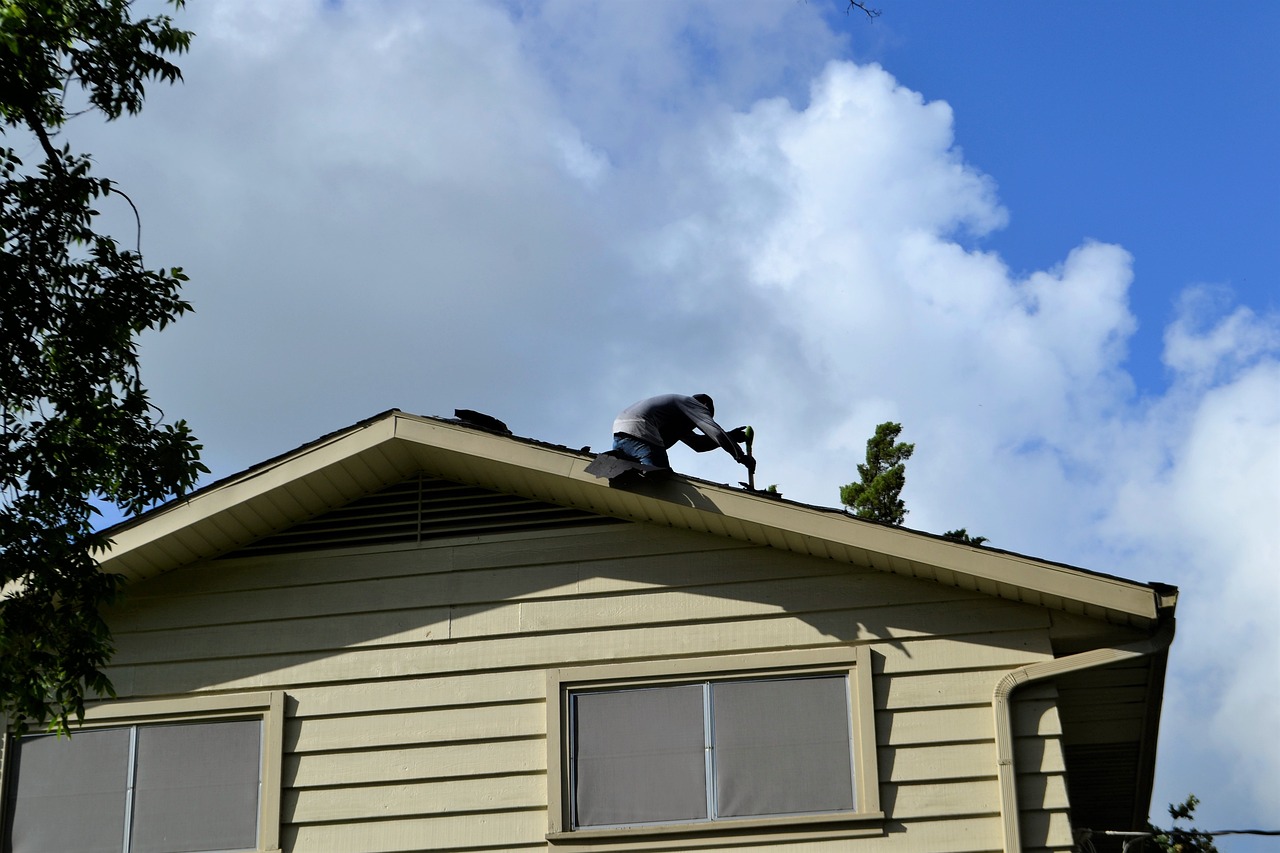Taking care of your home’s exterior is a critical step toward ensuring its structural integrity and aesthetic appeal. It’s important to be aware of the various components that make up the exterior of your home, and how they interact with one another. In this blog post, we will be exploring the basics of eavestroughs and siding. We will discuss their different purposes, as well as how to choose the right materials for your house. By the end of this article, you will have all the information you need to make informed decisions in regard to protecting your home from the elements.

What is an eavestrough?
An eavestrough is a gutter that is installed along the edge of a roof, typically at the point where the roof meets the exterior wall of a house. The eavestrough collects rainwater and channels it away from the building, preventing water damage to the roof and walls.
What is siding?
Siding is the protective material that covers the exterior walls of your home. It is a key element in the overall design and curb appeal of your house. There are many different types and styles of siding to choose from, so it is important to do your research to find the best option for your home. Some common types of siding include Vinyl, Wood, Fiber cement, and Aluminum.

The pros and cons of eavestroughs and siding
There are a few things to consider when choosing eavestroughs and siding for your home. Here are some pros and cons to help you make a decision:
Eavestroughs:
-Can help prevent water damage to your foundation
-Can help protect your landscaping from erosion
-Can keep rainwater away from your windows and doors
-May require more maintenance than other types of roofing systems
Siding:
-Can provide an extra layer of protection for your home
-Can improve the energy efficiency of your home
-Can give your home a new look
-May require more maintenance than other types of exterior finishes
How to choose the right eavestrough or siding for your home
When it comes to choosing the right eavestrough or siding for your home, there are a few things you need to take into consideration. First, you need to decide what material you want your eavestrough or siding to be made out of. There are a variety of materials to choose from including aluminum, vinyl, and wood. Each material has its own set of pros and cons, so it’s important to do your research before making a decision.
Once you’ve decided on a material, you need to think about the style of eavestrough or siding you want. There are many different styles to choose from including traditional, modern, and rustic. Again, each style has its own set of pros and cons, so it’s important to think about what look you’re going for before making a final decision.
Finally, you need to think about the budget you have for your eavestrough or siding project. Materials and styles can vary greatly in price, so it’s important to have a clear idea of how much you’re willing to spend before beginning your search. Once you have all of these factors sorted out, finding the perfect eavestrough or siding for your home will be a breeze!
Eavestrough and siding installation tips
There are a few things to keep in mind when installing eavestrough or siding. First, make sure that the area is clean and free of debris. Second, measure the area to be covered so that you know how much material you will need. Third, cut the material to size and then install it using nails or screws. fourth, seal any seams or joints with caulk or sealant. Finally, check for leaks and repair as necessary.
Conclusion
To conclude, it is important to note that eavestroughs and sidings are essential materials for protecting your home from the elements. Not only do they add an aesthetic appeal, but they also help prevent moisture damage. Therefore, when selecting these materials for your home, it is important to select high-quality products that can withstand wear and tear over time. With this information in hand, you can make an educated decision on which eavestroughs or sidings will best suit the needs of your home.



